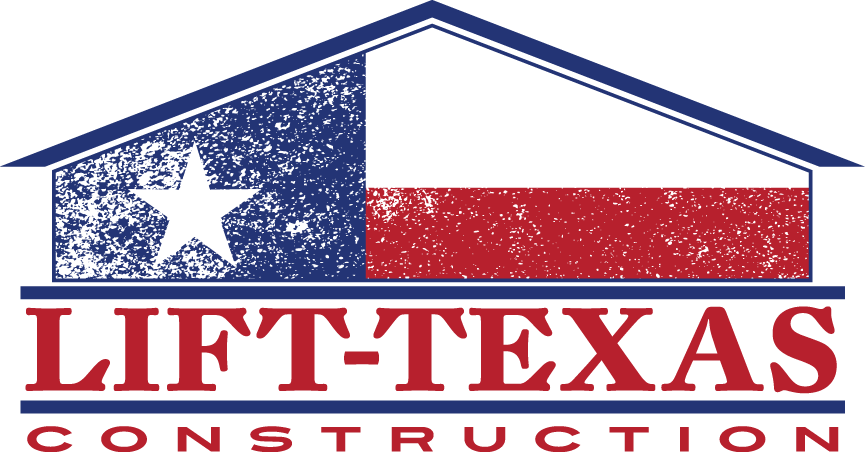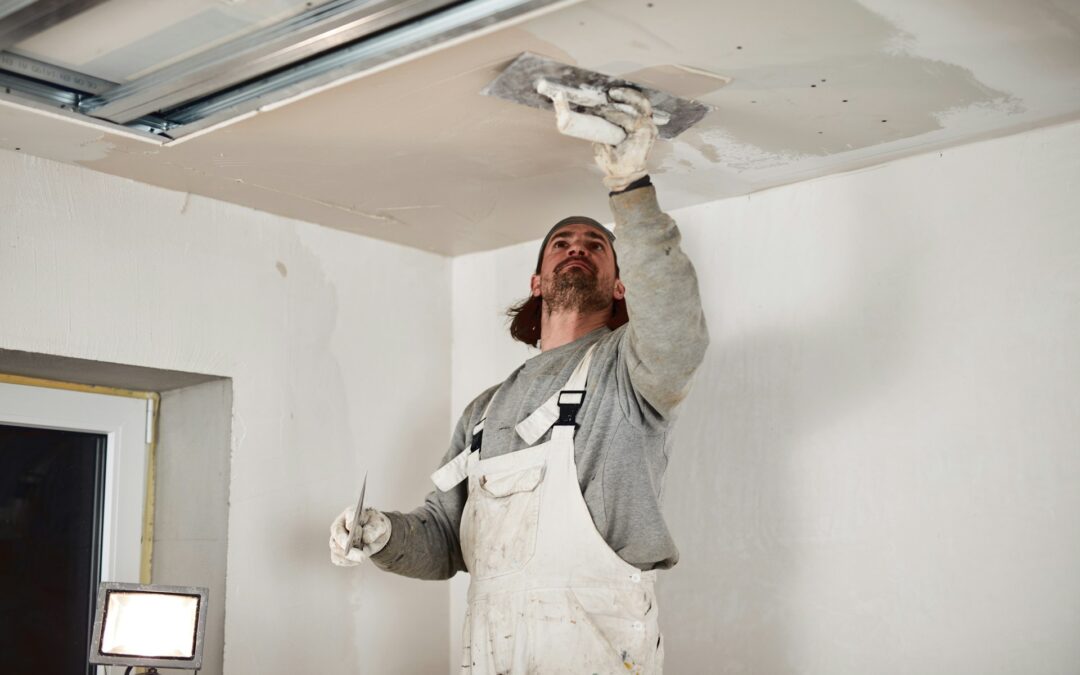Foundation repair is one of those things most people do not think about until something feels off. In the DFW area, this kind of issue happens more often than you’d expect. All it takes is a stretch of dry weather, a sharp change in moisture, or shifting ground under your home.
DFW’s mix of expanding clay soil, fast-changing temperatures, and dry to wet seasonal swings puts a lot of stress on slabs and piers. Over time, even solid homes start to show cracks or dips when the ground can’t hold up like it did before. In this guide, we’ll talk through what makes foundation repair common here, how to spot early warnings, and why fall is one of the most important times to pay attention.
What Makes DFW Soil Unique
The soil in the DFW area is very different from what you’ll find in other parts of Texas. It is heavy with clay, which holds onto water and swells during wet weather. When the temperature heats up and things dry out, that same clay shrinks. This back and forth movement under a house creates a push pull effect that weakens support over time.
During the summer, the hot sun bakes the ground and pulls moisture from deep below. When we finally get those cool fall rains, the clay soaks it up fast and pushes upward. These shifts can start right at the surface but often work deeper where you can’t see them. A once-stable slab might settle unevenly, especially at corners or around porches.
Our region’s weather is part of the problem. Long stretches of heat are quickly followed by wet spells. And around November, we’re coming off months of dry weather just as moisture levels below the surface start changing again. This period is known for triggering problems that have been quietly building over the summer.
According to our service page, Lift-Texas Construction addresses DFW soil movement with proven foundation repair solutions such as concrete pressed pilings, steel piers, and foam injection for long-term stability.
Common Signs Your Foundation Might Need Attention
No two houses move the same way, but the signs of foundation damage often look alike. If you’re walking through your home and notice a few of these at once, it may be time to look closer.
- Cracks in the walls or ceilings, especially above doors or windows
- Gaps between crown molding, trim, or baseboards that didn’t used to be there
- Doors that used to close easily but now feel tight or pop open
- Floors that feel tilted or have dips when walking across a room
- Windows that stick or jam, even after lubrication
Not every crack or slope means something is wrong, but if more than one of these issues shows up together, that’s usually a sign the foundation might be shifting. It’s often a matter of slow change. Most people grow used to the signs until one of them becomes too noticeable to ignore. Spotting these patterns early is the real key. Being aware of these small changes and not dismissing them can prevent more serious issues.
Why Foundation Issues Get Worse in Late Fall
November is one of the trickiest months for foundations in DFW. After a long summer of dry, hardened ground, the seasonal rains start filling the soil again. But the soil doesn’t settle evenly. Some areas soak up more water than others, leading to uneven swelling. That movement creates space where support is lost, especially under corners, steps, or garage floors.
Just before winter temperatures drop further, the soil is most unstable. That’s often when people begin seeing more cracks, wider gaps, or new sticking points inside the home. If any rainwater has sat near the home, it might have washed away key soil support from underneath.
Waiting too long into winter can make things worse. If problems are caught before cold weather takes hold, there’s a better chance of preventing added shifts that come with freezing nights or heavy storms. That’s why November matters. It gives just enough time to react before another season stresses the house even more.
When the ground shifts under a home, pressure builds on some areas while others lose the support they need. Homes built on clay soil like DFW’s are sensitive to small changes. This is why foundation issues often appear at the same time every fall and why the problem doesn’t always show up right away during the dry months.
What to Expect During Foundation Assessments and Fixes
When something feels off under your house, one of the first steps is a foundation evaluation. These usually start with a walk-around inspection and questions about when you first noticed signs of change inside or outside the home.
- A walk-through helps note any surface cracks, uneven settling, or separation at joints
- Interior checks show where doors, windows, or flooring might reveal deeper movement
- Slab levels can be tested using specialized tools to check how even the slab is and whether large dips have formed
If repair is needed, the type of solution depends on the structure. Most foundation fixes in DFW involve adjusting or lifting parts of the slab, filling in gaps below with foam or grout, or stabilizing soft soil that’s no longer carrying weight like it used to.
What works in one home may not be right for the next. Local knowledge makes a big difference. Foundation repair in a clay-soil area like DFW takes an understanding of how the whole property shifts with weather across the year, not just fixing one crack or corner.
Our detailed inspections include accurate elevation readings, moisture checks, and a custom plan for concrete leveling, slab repairs, or pier foundation solutions as needed for homes across the DFW area.
When a foundation company inspects your home, they will use special tools and years of experience to look at more than what’s on the surface. It is common to find more than one problem or an issue that does not show up without careful measuring. Even if things seem small now, an accurate assessment can give you peace of mind, knowing exactly what is going on underneath your house.
Staying Ahead of Bigger Problems Down the Road
Fall is the time to slow down and pay attention before winter brings its own set of problems. Changes from summer stress don’t stay hidden forever. Small signs this month can lead to bigger repairs if left alone for months.
Keeping your home level and steady starts with staying aware. If floors feel off, doors won’t close like they used to, or cracks seem to grow, those clues are worth checking out. Acting now can save bigger hassles later and help your home hold strong as the season shifts. When we pay attention during times of change, we’re more likely to catch real problems before they settle in for good.
Paying attention to these clues in late fall helps you stay a step ahead. Taking care of your foundation before winter arrives means your home will be ready for whatever the next few months bring. Waiting until after the first serious freeze often makes repairs more complicated and could leave your home less secure. By dealing with small changes early, you protect your property, comfort, and long-term value.
Noticing cracks, sloping floors, or stubborn doors in your DFW home? Small shifts in our local soil can quickly become major foundation problems, especially as weather changes in November. We know how tricky it can be to tell what’s normal and what deserves attention. Our experts at Lift-Texas Construction can give your home a thorough evaluation and address any foundation repair needs for lasting peace of mind. Contact us today to schedule your assessment.

